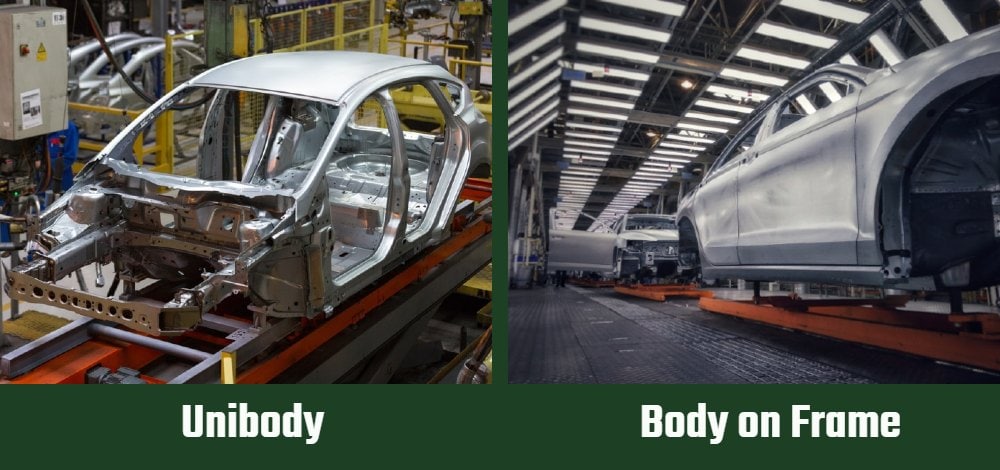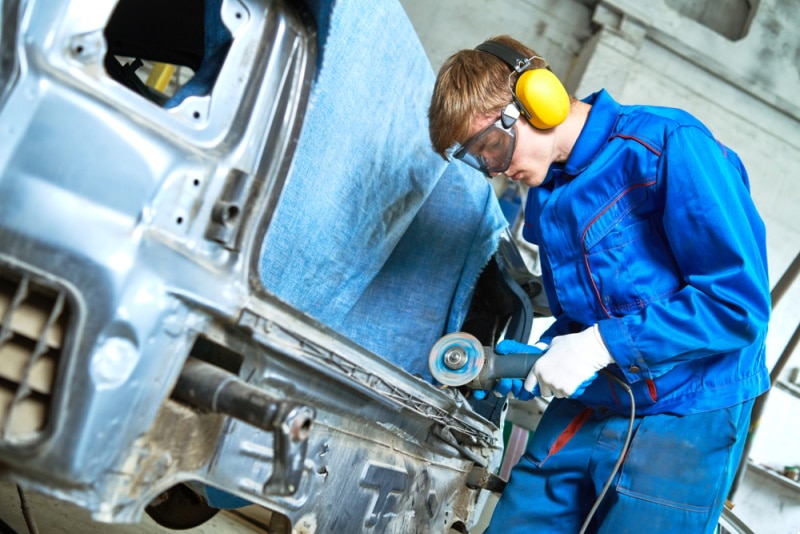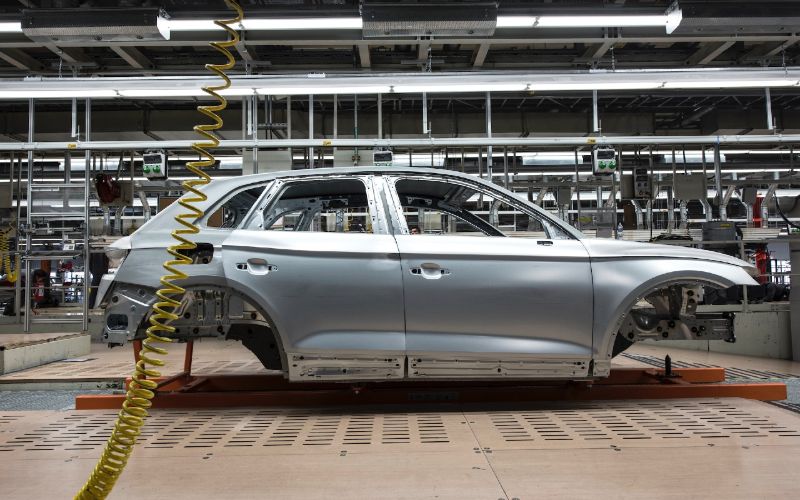Unibody vs Body on Frame: Pros, Cons, & Differences
-
Pete Ortiz
- Last updated:

When it comes to car construction, there are two main methods that have stuck around for centuries: Unibody and body on frame. But what’s the difference between these two methods? We need to take a closer look to find out.
Furthermore, we’ll provide overviews and the pros and cons of each type, so you can decide which method is best for your needs.
Unibody Overview
Unibody construction, also known as monocoque or unit body, is a method of automotive construction where all parts are welded together and form one structural unit. This method of construction is used in most car models on the market today and is seen as the modern way to construct vehicles.
How It Works
Unibody, or unibody construction, creates a single frame out of stamped steel. The vehicle’s roof, floorplan, and sides are fused together to create an ultra-sturdy platform that is more aerodynamic than body-on-frame options.

What It’s Good For
For starters, unibody cars tend to use less materials overall during construction, which makes them cheaper to buy. Additionally, they often have a more rigid structure than body-on-frame vehicles. That makes them better at handling the impact of a collision.
Although in some cases, that can also mean they’re less able to absorb vibrations from bumps or potholes in the road. Plus, they tend to be lighter and therefore offer better fuel economy.
- Superior torsional rigidity
- Even weight distribution
- Reduced overall weight
- Difficult to repair after a collision
- More expensive to build
Body-on-Frame Overview
Body-on-frame construction is the oldest form of car manufacturing. It’s how cars were built in the early days and continues to be used for many trucks and SUVs today. With this method, two main elements make up a vehicle: a frame (made of steel) and a body (made of aluminum or steel).
The frame contains the engine, transmission, and suspension components. It also provides structural support for the vehicle. The body is then placed on top of the frame to provide a car’s exterior shape and features.

How It Works
Body-on-frame vehicles are built by first constructing the frame and then attaching a body on top. The body is attached using metal welds, rivets, and bolts. This method of construction makes it easy to modify the vehicle in multiple ways. For example, owners can easily add or remove accessories on the exterior such as a light bar or a hitch.
What It’s Good For
When it comes to durability, body-on-frame has it in spades. This method is incredibly tough and can handle a beating, which makes it perfect for off-roading or hauling heavy loads. Many pickup trucks and larger SUVs are made with a body-on-frame construction since they often require the strength that this method provides.
- Less expensive
- Better for off-road and towing
- Less costly to repair
- Typically heavier than unibody construction
- Ride is less refined due to frame flexing
Unibody vs Body on Frame: What Are the Differences?
As you’ve discovered, unibody vehicles are constructed from large metal stampings that form both the frame and body. This contrasts with body-on-frame vehicles, which have two distinct pieces: a frame and a body.
But there are many more differences between these two types of vehicles. Examine them below to better determine which one is the more suitable option for you.
- Unibody vehicles tend to have a smoother ride
- More compliant suspension system
- More aerodynamic
- Better fuel efficiency than body-on-frame
- More rugged and better for off-roading
- Easy to customize
- Easier repairs due to separate frame and body
- Less expensive than unibody vehicles
As you can see, there are pros and cons to each type of vehicle. If you’re looking for something that is more aerodynamic, fuel efficient, and offers a smoother ride, then the unibody design is a great option. On the other hand, if you’d like something more rugged and customizable, then a body-on-frame vehicle may be the better choice.

Which Is Right for You?
Do you still need help deciding which type of car frame is best for you? Check out the table below for a quick roundup of suitable scenarios for each body type.
| When to Use a Unibody | When to Use a Body on Frame |
| Great fuel economy | Powerful off-road vehicle |
| Safe and reliable ride | Towing heavy items |
| Smoother driving | Durability |
| Aerodynamic | Save money |
Conclusion
Ultimately, the choice is yours. Whether you decide to go with a unibody or body-on-frame, you can rest assured knowing that both offer smart and reliable options that will get you where you need to go in style. So now that you know what makes these two frame types different, you can decide which one is best for your specific needs.
Featured Image Credit: (L) Alex Neshitoff, Shutterstock | (R) Jenson, Shutterstock
Contents


